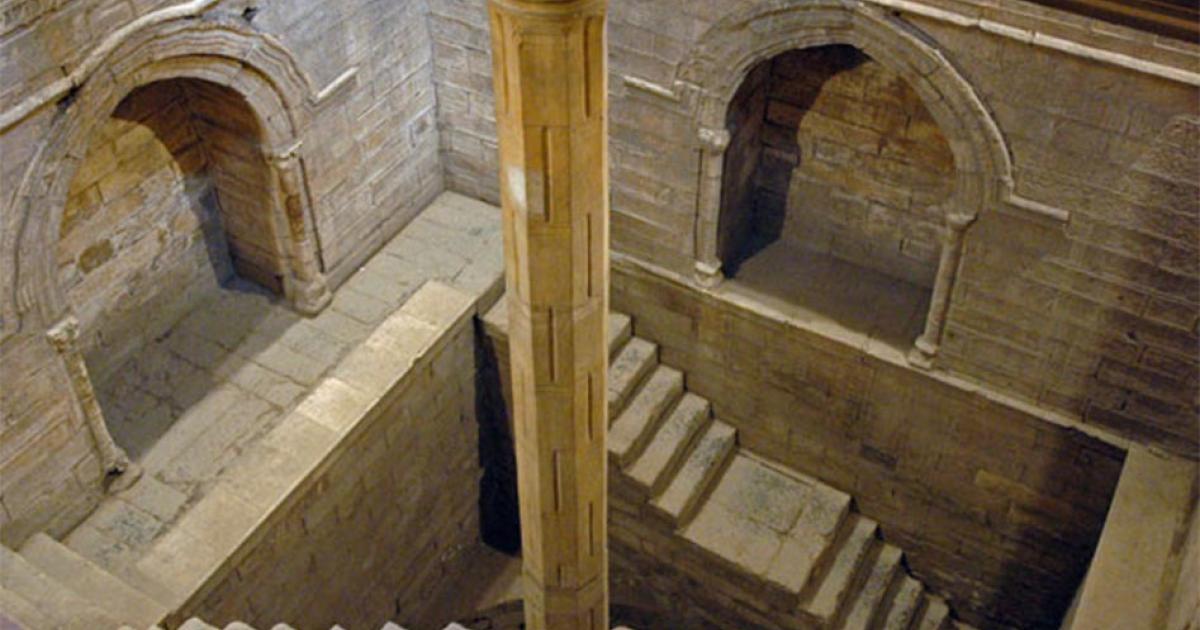
For thousands of years, nilometers measured the water level of the Nile River during the annual flood season. This, in turn, was used to predict the fortunes of the annual harvest, the taxes to be imposed (which determined the revenues of the state), as well as the prices of foodstuffs. Therefore, the nilometer was a vital instrument for the ancient Egyptian civilization. The significance of the nilometer is evident in the fact that even after Egypt was conquered by foreign powers, nilometers continued to be utilized. As a matter of fact, the nilometer only became obsolete during the 20th century, when the Aswan High Dam was completed.
The Nilometers of the Nile
It is well-known that the Nile was the lifeline of ancient Egypt. The Greek historian Herodotus, for instance, referred to Egypt as the “gift of the Nile.” The river not only enabled intensive cultivation along its banks but was also used as a means of transport. The annual flooding of the Nile was the river’s most important natural phenomenon, as it helped to fertilize the agricultural land in the delta by depositing millions of tons of silt each year. In addition, the inundation of the Nile also served to determine when certain religious and civil festivals were to be celebrated, thereby regulating the rhythm of life in ancient Egypt.
The annual flood season of the Nile lasted from July to October and was caused by the summer monsoon rains over the Ethiopian Plateau. The rainwater flows from the highlands into the Nile via its tributaries, including the Blue Nile and the Atbarah River. The water level of the Nile reaches its peak around the end of August, and this level is maintained till early October, after which it gradually goes down.
In addition to the timing of the annual flood, the amount of water brought by the floods was also a crucial aspect of this natural phenomenon. Too much or too little water would have had a negative impact on the lives of those who depended on the river. Therefore, the ancient Egyptians invented the nilometer, a device that measured the water level of the Nile during the annual flooding.
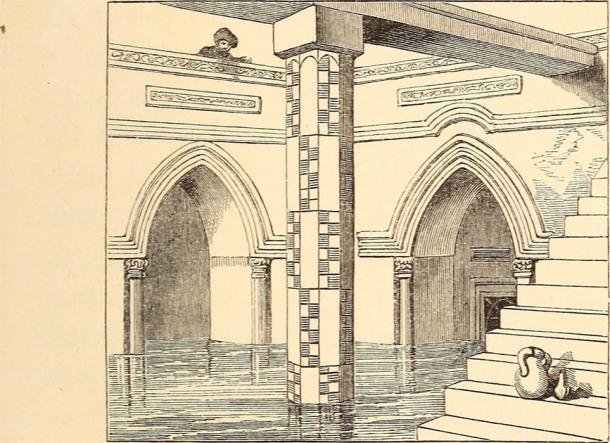
Drawing of a measuring shaft inside of a nilometer from page 88 of “Up the Nile, and home again. A handbook for travelers and a travel-book for the library,” 1862). (Internet Archive Book Images / Public domain)
As the nilometer was such an extremely important instrument, it would be reasonable to expect that many of them were built by the ancient Egyptians. Today, however, there are not many examples of the device remaining. According to an article published by National Geographic in 2016, “fewer than two dozen of the devices are known to exist”. It seems likely that some nilometers were destroyed by natural disasters, and not rebuilt. Others were simply not maintained, and left to fall into ruin.
This is the case, for instance, of the nilometer of Helwan, a city to the south of Cairo, on the bank of the Nile opposite the ruins of Memphis. This nilometer is recorded to have been restored or built in 699 AD, about half a century after the Muslim conquest of Egypt. By 714 AD, however, the nilometer was in such a bad state that the Umayyad caliph, Al-Walid I, ordered the governor of Egypt to build a new nilometer.
The Roda Island Nilometer
The new nilometer was built on Roda (or Rhoda / Rawdah) Island, not far from Fustat, Egypt’s capital at that point in time. The island has been an important location since pharaonic times, and served many functions over its long history, including a port, an arsenal, a fortress and a rich garden.
The island’s nilometer, which may be referred to as the Roda nilometer, is located on the southern tip of the island, and is perhaps the most famous example of this ancient device. It may be mentioned the original 8th century nilometer was destroyed by a flood around 850 AD. A new one, however, was built shortly after the disaster, and is the one that is still standing today.
The current Roda nilometer was designed by the astronomer Abu al-‘Abbas Ahmad ibn Muhammad ibn Kathir al-Farqhani (known also as Alfraganus in the West). The nilometer has been restored on various occasions, for instance, once between 872 and 873 AD, and again in 1092 AD. Restoration had also been carried out during the Ottoman period, as well as in more recent times.

Ceiling of the nilometer building, an Umayyad era Egyptian water measurement construction, used to measure the level of the Nile, located on Roda Island, River Nile, Cairo, Egypt. (Khaled El-Adawi / Adobe stock)
The Roda nilometer consists of two main elements – a well and a column. The well is a 10 m (32.8 ft) wide and square-hole-dug to a depth of 13 m (42.7 ft). One of the challenges that faced the builders of this nilometer was the nature of the ground that they had to work with. In order to create the well, at least 1300 m3 (4265 ft) of earth and clay had to be removed.
Having done that, the builders needed to stabilize the structure, and to prevent it from sinking into the clay. This was achieved by raising the structure on a foundation of thick tree trunks. The well is lined with stone, and is accessible via a staircase on its interior walls. The well, which is circular at the bottom, but rectangular at the top, has three stories, each having an opening turned towards a different direction. These openings are connected to the Nile through tunnels, and therefore allow water to enter the well during the annual flood season.
How Much was a Good Flood?
The octagonal column is the part of the nilometer that is used to measure the water level of the Nile during its inundation. This column is made of marble, and is set in the center of the well. It is topped with a Corinthian column, and held in place by a wooden beam on the top that spans the nilometer. The column is graded, and is divided into 19 Egyptian cubits, each cubit being about 50 cm (20 inches). Therefore, this nilometer was able to measure floods up to about 9.5 m (31.2 ft).
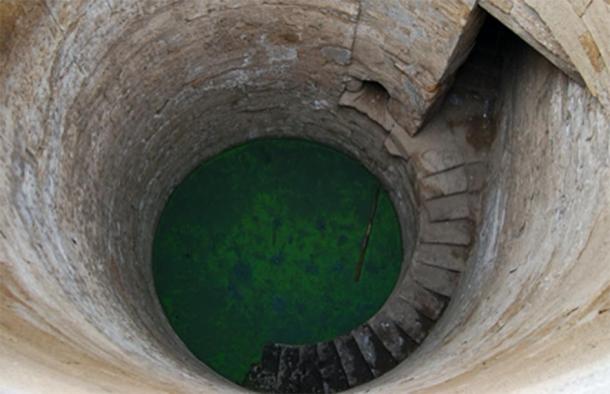
The well of the nilometer at Kom Ombo in Egypt. Source: Claudio Caridi / Adobe stock
19 cubits of water, however, meant that Egypt was facing severe flooding. When such a situation occurred, children wearing yellow turbans would run in the streets to alert the population of Cairo of the impending disaster. On the other hand, 12 cubits of water was too little, and was a sign that the country would be facing a famine that year. 16 cubits was the ideal amount of flood water that was needed for a bountiful harvest. The Nile’s flood level can also be read using the staircase on the well’s interior walls. The staircase consists of 45 steps, each of which is 24 cm (9.4 in) high. Therefore, the level of the flood waters can be easily calculated by this means.
It may be mentioned that the definition of a ‘good flood level’ was not the same through the ages. The Greek geographer Strabo, for example, wrote that before the time of Petronius (the Roman prefect of Egypt in the 20s BC), “the crop was the largest and the rise the highest when the Nile would rise to fourteen cubits, and when it would rise to only eight a famine would ensue;”. During the time of Petronius, however, “when the nilometer registered only twelve cubits, the crop was the largest, and once, when it registered only eight cubits, no one felt hunger.”
The Roda nilometer was once covered by a conical dome, which was unfortunately destroyed during the French occupation of Egypt. Fortunately, the scientific mission that accompanied the French expedition made careful and thorough descriptions of the Roda nilometer, including its architecture. Thanks to these records, it was possible to make a reconstruction of the dome. The current structure dates to the reign of Farouk I, the penultimate King of Egypt and the Sudan.
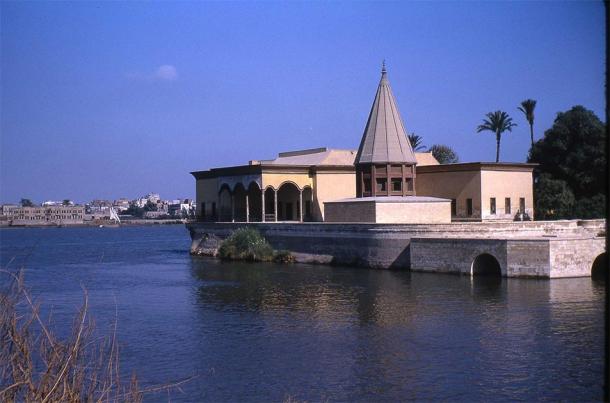
Reconstructed conical structure over the nilometer on the southern tip of Roda Island on the Nile River at Cairo. (Prong hunter / CC BY-SA 3.0)
Nilometers from Pharaonic and Greco-Roman Times
One of the differences between the Roda nilometer and its predecessors from the pharaonic and Greco-Roman periods is that the former was not within the compound of a religious structure. Although there is a mosque near the Roda nilometer, this was only built later on, i.e. during the 11th century.
On the other hand, pharaonic and Greco-Roman nilometers were commonly associated with temples, and were therefore under the control of priests. By accurately predicting the flood level of the Nile, the priests must have looked as though they were performing magic, and would have surely impressed the general population.
One of the temples in which a nilometer has been found is the Temple of Kom Ombo, located 48 km (30 mi) to the north of Aswan. This temple was built during the Ptolemaic period, and is unusual for being a double temple. This means that the temple was dedicated equally to two gods – Sobek and Horus, which is reflected in the temple’s perfect symmetry along its main axis. In any case, the nilometer is located within the compound of the temple, though not in the temple itself.
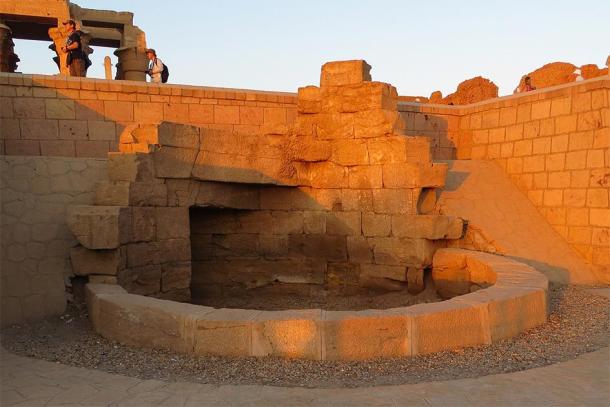
The outside of the nilometer’s well at Kom Ombo. (JMCC1 / CC BY-SA 3.0)
The Kom Ombo nilometer is noticeably different from its counterpart in Roda. Unlike the latter, the former does not have a column. Instead, the Kom Ombo nilometer consists only of a well. Like the well of the Roda nilometer, the one at Kom Ombo also has steps along the walls of its interior, which allowed the flood level of the Nile to be read. A tunnel with an opening in the well connects the nilometer to the Nile, which lies beyond the temple’s walls. At ground level, the nilometer is identified by a small cylindrical wall.
One of the most important nilometers in Egypt is the one in Elephantine, an island opposite the city of Aswan. For much of Egypt’s ancient history, Elephantine was the country’s southernmost city. Therefore, it was here that the first measurements of the Nile’s flood level for the season would be made. Although the current Elephantine nilometer dates to the Roman period, archaeologists believe that this is a restoration, and that the original pieces were replaced at some point in time. It has also been speculated that the original device may have been the oldest nilometer in Egypt.
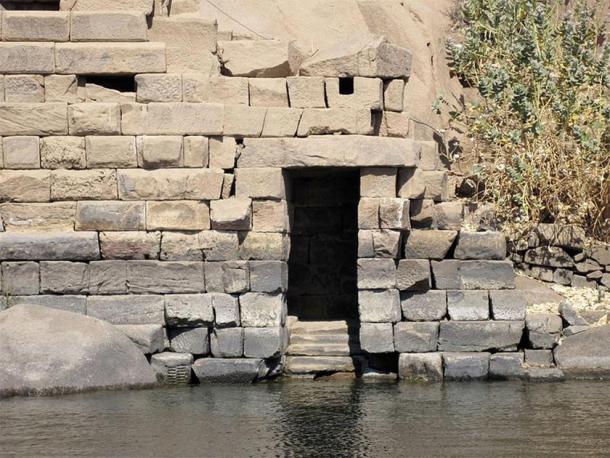
Nilometer on the southeast side of Elephantine Island in Aswan, Egypt. (Olaf Tausch / CC BY 3.0)
Strabo provides a detailed description of the Elephantine nilometer, which is as follows, “the nilometer is a well on the bank of the Nile constructed with close-fitting stones, in which are marks showing the greatest, least, and mean rises of the Nile; for the water in the well rises and lowers with the river. Accordingly, there are marks on the wall of the well, measures of the complete rises and of the others. So when watchers inspect these, they give out word to the rest of the people, so that they may know; for long beforehand they know from such signs and the days what the future rise will be, and reveal it beforehand. This is useful, not only to the farmers with regard to the water-distribution, embankments, canals, and other things of this kind, but also to the prefects, with regard to the revenues; for the greater rises indicate that the revenues also will be greater.”
- The Nile – Its Fertile Past and Its Imperiled Future
- Ancient structure that measured the Nile for tax purposes uncovered in Egypt
- Volcanic Eruptions and Climate Change Incited Upheaval in Ancient Egypt - and Historians Warn of Repetition
The Construction of the Dam Changed it All
Whilst Egypt came to be ruled by different powers over the course of its long history, the nilometer continued to serve its function. In fact, the collection of taxes based on the level of the Nile’s flooding is recorded to have lasted until the middle of the 20th century. The nilometer eventually became obsolete when the construction of the Aswan High Dam was completed in 1970 (and formally dedicated in the following year).
The building of the dam marked a big shift in the relationship between the Nile and the people who lived along its banks. For the first time in Egypt’s history, it was man who controlled the annual flooding of the Nile. The Aswan High Dam allowed the floodwaters to be stored in a reservoir, and released only when needed. On the other hand, one of the negative effects of the Aswan High Dam is that silt, which was brought by the annual floods, no longer reached Egypt’s agricultural lands, thereby gradually reducing their fertility.
Although nilometers no longer serve their original function, they have not been abandoned. Instead, they have found new life as both cultural heritage and tourist attractions. The Roda nilometer, for example, has been nominated by the Egyptian government as a UNESCO World Heritage Site, and is currently on its Tentative List.
Top image: The inside of measuring shaft of the Roda nilometer. (Baldiri / CC BY-SA 3.0)
By: Wu Mingren
References
AaronNetsky, 2020. Nilometer. [Online]
Available at: https://www.atlasobscura.com/places/nilometer
Dunn, J., 2011. The Nilometer on Rawda (Roda) Island in Cairo. [Online]
Available at: http://www.touregypt.net/featurestories/nilometerroda.htm
Dunn, J., 2020. Egypt: Rawdah (Roda) Island. [Online]
Available at: http://www.touregypt.net/featurestories/rawdah.htm
History.com Editors, 2019. Aswan High Dam completed. [Online]
Available at: https://www.history.com/this-day-in-history/aswan-high-dam-completed
Hurst, H. E., El-Kammash, M. M. & Smith, C. G., 2019. Nile River. [Online]
Available at: https://www.britannica.com/place/Nile-River
Jewel, 2018. Exploring Nilometers in Egypt. [Online]
Available at: https://roaming-jewel.com/2018/03/02/nilometers/
Lonely Planet, 2020. Nilometer. [Online]
Available at: https://www.lonelyplanet.com/egypt/cairo/attractions/nilometer/a/poi-si…
Romeo, N., 2016. Ancient Device for Determining Taxes Discovered in Egypt. [Online]
Available at: https://www.nationalgeographic.com/news/2016/05/160517-nilometer-discov…
Strabo, Geography [Online]
[Jones, H. L. (trans.), 1917-32. Strabo’s Geography.]
Available at: http://penelope.uchicago.edu/Thayer/E/Roman/Texts/Strabo/home.html
Szendrey, J., 2020. Temple of Kom Ombo. [Online]
Available at: https://www.atlasobscura.com/places/temple-of-kom-ombo
The Editors of Encyclopaedia Britannica, 2010. Elephantine. [Online]
Available at: https://www.britannica.com/place/Elephantine
The Editors of Encyclopaedia Britannica, 2019. Aswan High Dam. [Online]
Available at: https://www.britannica.com/topic/Aswan-High-Dam
Tour Egypt, 2011. Egypt Travel - Aswan: Elephantine Island. [Online]
Available at: http://www.touregypt.net/elephantine.htm
Tour Egypt, 2020. Egypt Travel - Aswan - Nilometer: Elephantine Island. [Online]
Available at: http://www.touregypt.net/niloelephant.htm
UNESCO, 2020. Raoudha nilometre in Cairo. [Online]
Available at: https://whc.unesco.org/en/tentativelists/1826/
www.ancient-egypt-online.com, 2020. The Temple of Kom Ombo. [Online]
Available at: https://www.ancient-egypt-online.com/kom-ombo.html
www.waterhistory.org, 2020. The Nilometer in Cairo. [Online]
Available at: http://www.waterhistory.org/histories/cairo/




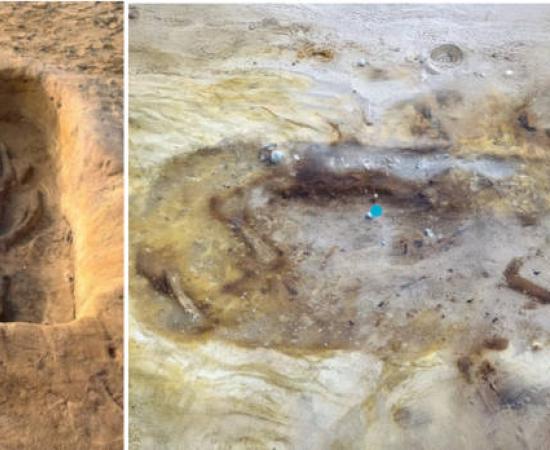
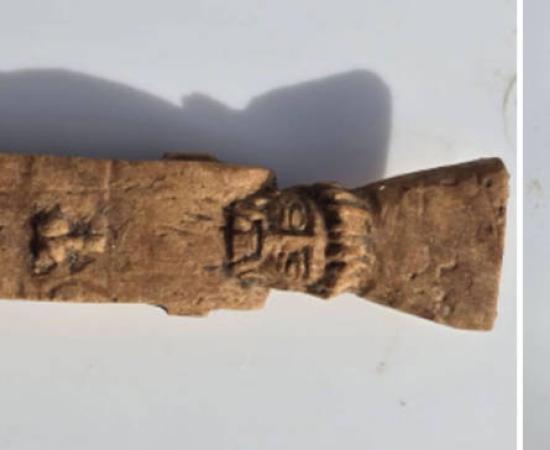

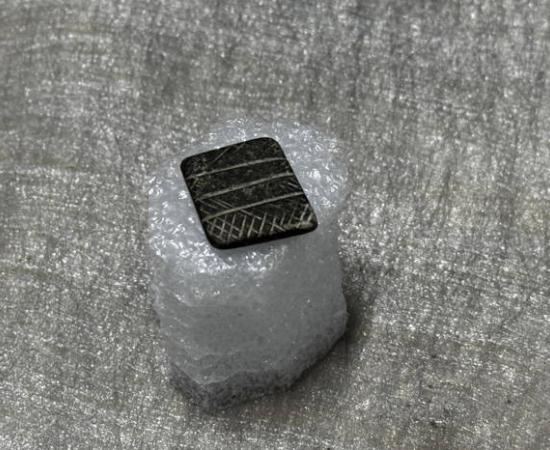


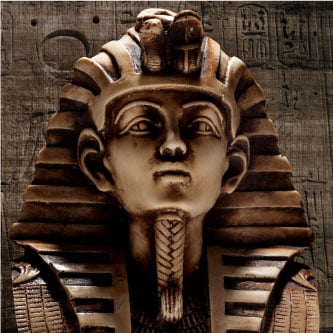








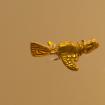

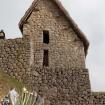



Egyptian Cubit Equals 21 Inches or 50cm
Permalink
A Royal Egyptian Cubit = 21 Inches or 50 cm
Posted:
How Much was a Good Flood?
The column is graded, and is divided into 19 Egyptian cubits, each cubit being about 50 m (164 ft).
Should be:
The column is graded, and is divided into 19 Egyptian cubits, each cubit being about 50 cm (32.6 ft).
Please feel free to remove this post once calculations are checked.